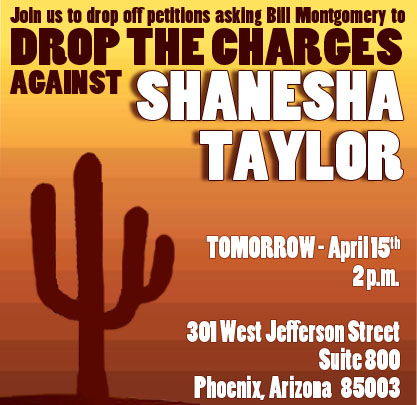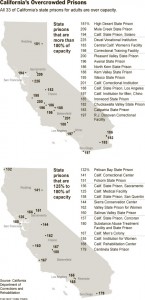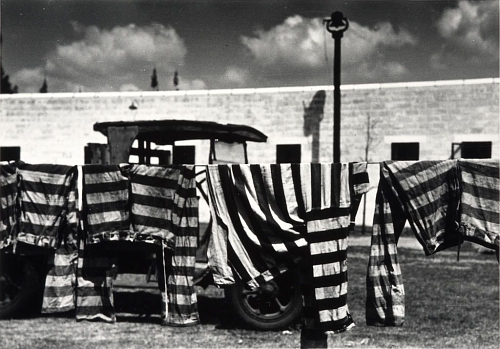Trials as Theater Redux: Billie Holiday Edition
A few weeks ago writer & artist Molly Crabapple considered the theatrical nature of court proceedings:
“Courtrooms are a violent theater. The violence happens off-scene: in Rikers Island where a homeless man recently baked to death; in the shackles and beatings and the years far from everything you love. But the courtroom itself is the performative space, the stage where the best story triumphs, and where all parties, except (usually) the defendant, are just playing parts.”
I had the pleasure of talking with Molly a bit about my experiences of sitting in numerous courtrooms over the years. As she points out in her essay, most trials are not high drama or high profile. They are mostly rote and often very boring. Yet the public is weaned on television courtroom depictions and mistake “Law & Order” for real life.
There are, however, individual high profile trials that can take on the character of high drama. Billy Holiday’s 1949 drug trial fits the bill. Sara Ramshaw (2004) writes about it in an essay titled “He’s my man!”: Lyrics of Innocence and Betrayal in The People v. Billie Holiday. A number of accounts have been written about the trial. They all vary but one thing is consistent: Holiday was found not-guilty. This was seen as a surprise given the fact that she was allegedly caught in possession of narcotics by a well-respected FBI agent named George H. White. Additionally, in an era where black defendants were subject to ‘legal lynchings’ even celebrity was not a get out of jail free card.
Ramshaw (2004) addresses how “the racist, heterosexist, and classist violence and victimization [Holiday] had experienced throughout her life was brought to the fore and highlighted in order to support her trial narrative (p.88).” Billie Holiday proclaimed her ‘innocence’ at trial and an all-white jury found her credible. She was acquitted on June 3 1949.
Holiday’s attorney, Jake Ehrlich, suggested as a defense that she had been set up by her boyfriend John Levy. Yet Ramshaw contends that “Erlich’s position had obvious deficiencies…Nonetheless, the jury appears to have accepted Ehrlich’s argument (p.100).” Why did the jury believe Holiday’s defense? Ramshaw explains: “The reason for this decision, I suggest, lies in the blurring of Holiday’s personal and public lives and the credibility her celebrity persona lent to her narrative of innocence and betrayal in the courtroom (p.100).”
The defense sought to play up Billie Holiday’s public image as being ‘unlucky in life and love.’ Ramshaw describes how they relied on and constructed this image:
“To begin, Holiday entered the courtroom on 31 May 1949, looking uncharacteristically ‘unkempt in a beige suit.’ Her eyes were puffy from crying and one eye was bruised and swollen. She told a reporter in the courtroom that Levy had hit her. ‘You should see my back,’ she stated: ‘He done it Friday night. It looks better now than what it did. He went off Saturday night – even took my mink – eighteen grand worth of coat…I got nothing now, and I’m scared.'”
Holiday was probably telling the truth about being abused by Levy. He was not the first boyfriend to have allegedly assaulted her. But Ramshaw makes clear that Holiday and her lawyers chose to underscore her victimhood and to marshal the public’s perceptions of her to their benefit. They succeeded in this; overcoming racism and turning misogyny to their advantage. The entire article by Ramshaw is fascinating and worth reading.
In the conclusion to the article, Ramshaw offers the following assessment of Holiday’s courtroom ‘performance:’
Holiday’s “My Man” routine, otherwise referred to as her “unlucky in life” public persona, was configured in United States popular culture on the basis of myths and stereotypes regarding black women and their sexuality. Throughout Holiday’s trial, issues regarding race, class, gender, and sexuality were either implicitly or explicitly highlighted in order to direct attention back to Holiday’s “unlucky in life” persona. This persona, in turn, filled gaps and resolved contradictions in the evidence. The heightened authenticity that her “unlucky in life” public persona lent to her trial narrative of innocence and betrayal gave Holiday’s testimony the quality of truthfulness needed to get a jury to overlook the evidence (or lack thereof) in front of them (p.105).
When I read Molly’s article, I remembered Ramshaw’s account of Holiday’s 1949 trial as a good example of how theatricality can manifest in courtrooms (especially in high profile trials). Take a few minutes to enjoy this poignant performance of “My Man” by Lady Day and think about how she marshaled the lyrics of this song, connected them to her personal experiences, and convinced a jury of white people to acquit her on drug charges in 1949.



